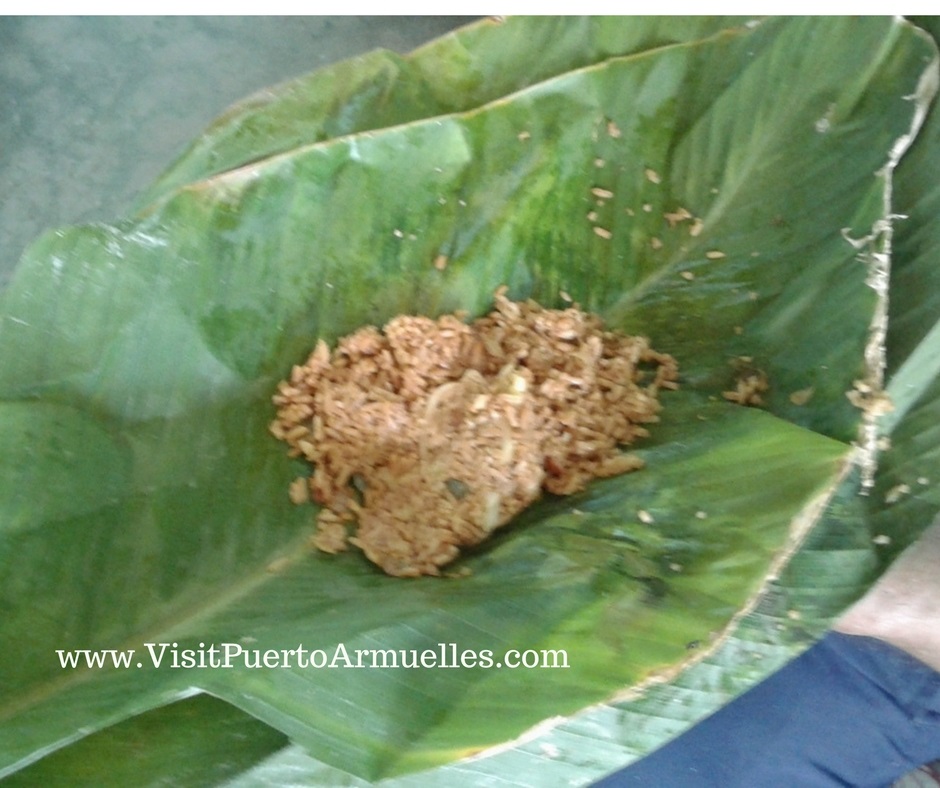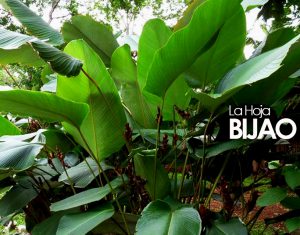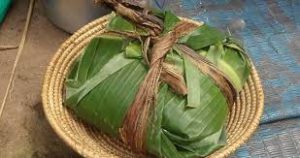
That was what I thought when I walked in on my husband’s barber eating lunch in his shop recently. I asked what the interesting looking dish he had was called and he told me “Mono en Bijoa”. My Spanish is still elementary level, but I do know that MONO means monkey. 当然, I was a bit surprised that he would actually be eating monkey, until he explained the history of this popular lunch in Chiriqui.
When you first hear that monkey is a common meal in the province of Chiriqui, you might be shocked that this is happening today, with conservation and wildlife protection being such a big concern. However, you may relax because they are not talking about actual monkeys when they describe the dish “Mono en Bijao”.
Monkey (Mono) is what farmers from Chiriqui, including the banana finca workers, called the traditional lunch they would eat when they are working out in the fields. It is a typical Panamanian meal of rice and beans with a piece of fried meat and a slice of fried plantain. The meat was NOT monkey, but usually beef, 鸡, or pork. This hearty lunch is wrapped in Bijao leaves so that it can be easily transported and the leaves discarded afterwards in the jungle to recycle back into nature.
The reason this popular lunch acquired the name mono, which is monkey in Spanish, is because the farmer would hang his wrapped lunch from a tree branch while he was working, so that ants and other critters would not get inside the food. The theory is that many years ago, a clever worker must have commented that this hanging package looked like a monkey hanging from a branch and the name monkey stuck.
So, if someone offers you a lunch wrapped in leaves and calls it “Mono en Bijao” you can accept it and enjoy the meal knowing that (probably) it is not really monkey meat.
Do you know a story about the ‘old days’ in Puerto Armuelles? Please share it with our readers by contacting the EDITOR. You don’t have to be a professional writer – we are happy to help you with the article! 谢谢!
Contact: Editor@visitPuertoArmuelles.com

